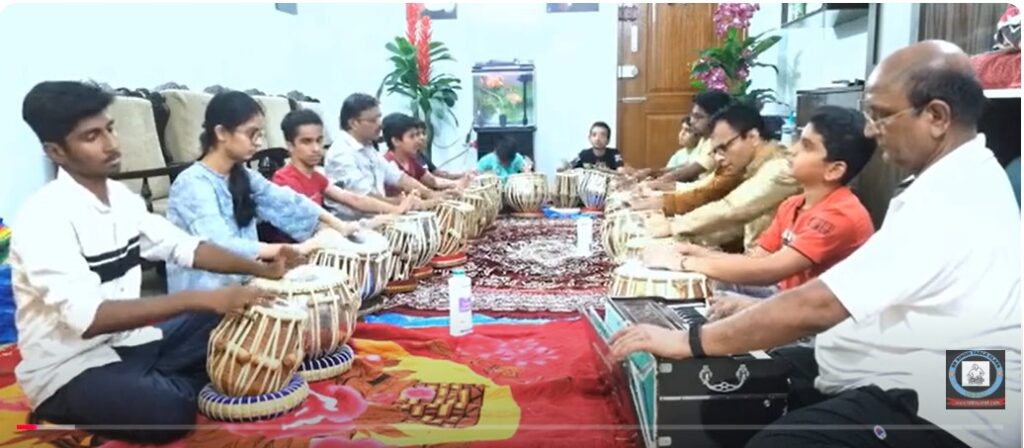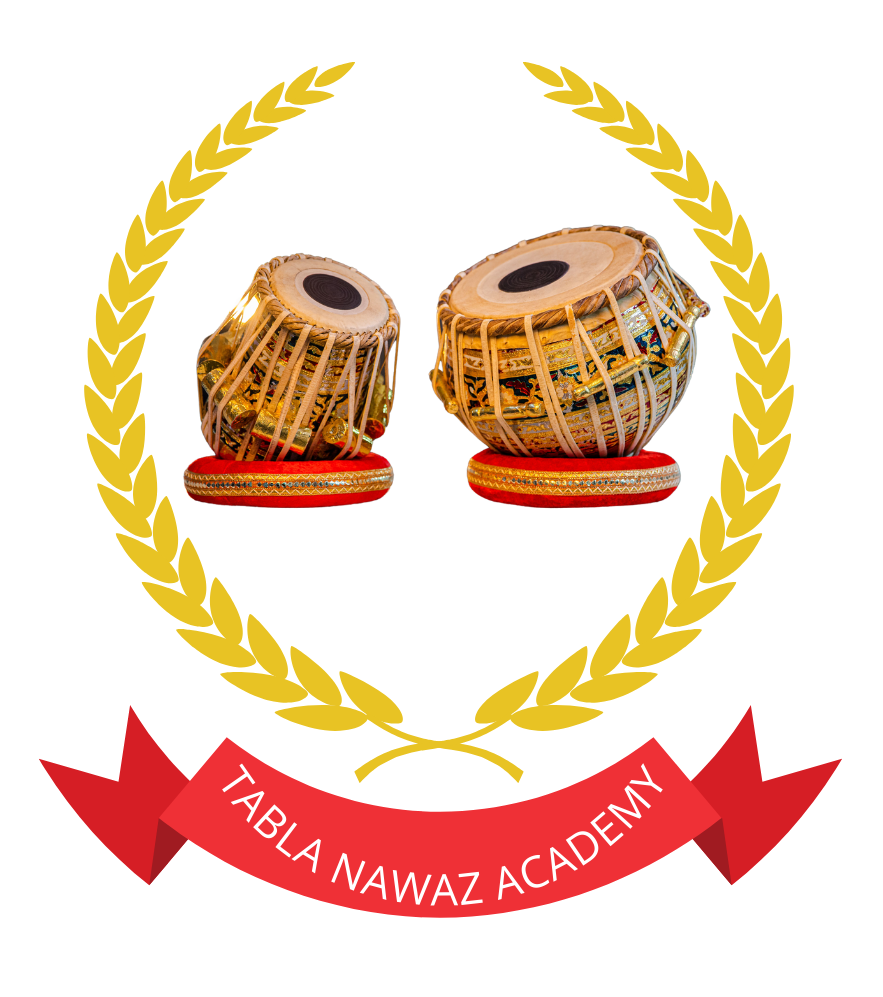Echoes of Sool: Rela & Tukra Unleashed – The Power of the 10-Beat Cycle, 🎶 Introduction: A Thunderous Tale in Ten Beats, When it comes to the rhythmic grandeur of Indian classical music, the tabla reigns supreme. Among its many taals, Sool Taal (also spelled Sul Taal) stands out for its bold 10-beat cycle, demanding both precision and creativity. Today, we dive deep into the rela and tukra—two dynamic expressions of tabla artistry—within the intricate framework of Sool Taal.
Get ready to unleash rhythm like never before.
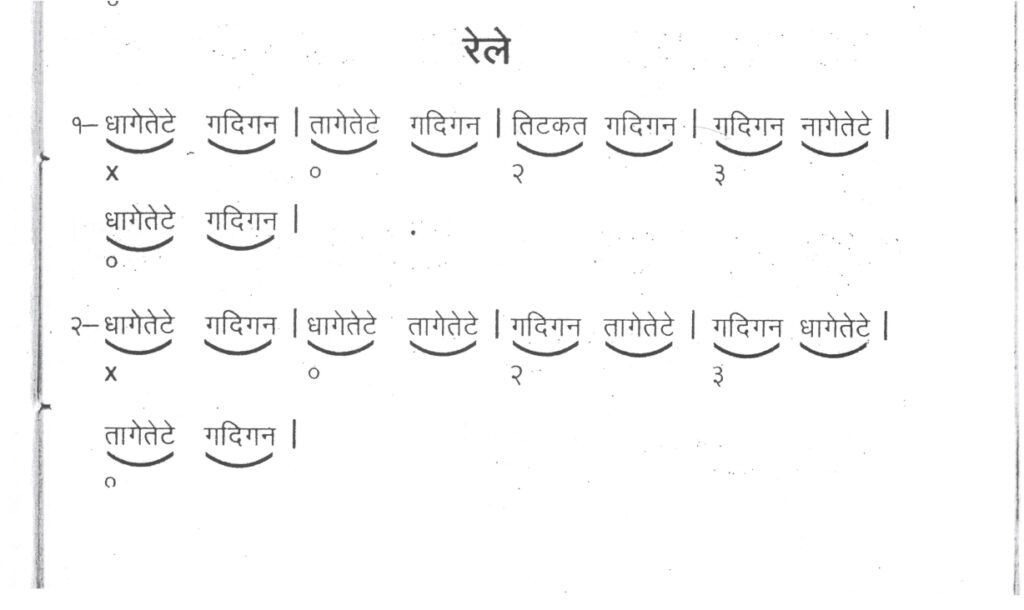
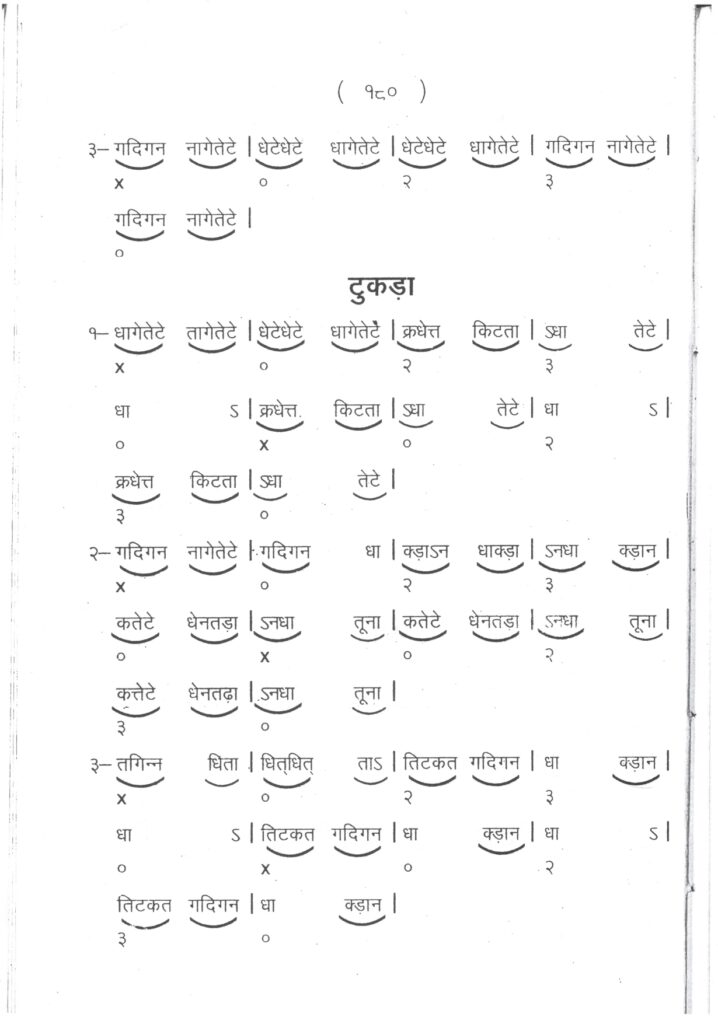
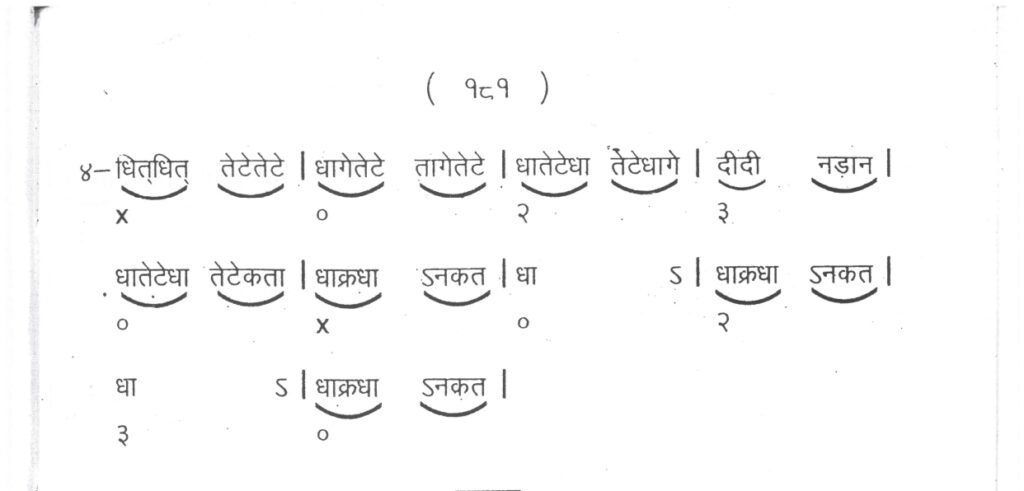
🕰 Historical Context: The Soul of Sool
Sool Taal traces its roots to the Pakhawaj tradition and was commonly used in Dhrupad and Haveli Sangeet. This 10-beat cycle predates its more famous cousin, Teentaal, and was often used to accompany spiritual or temple music. Though not as commonly played in contemporary concerts, tabla maestros have revived Sool Taal in solo recitals, adding explosive relas and tukras to captivate modern audiences.
Fun Fact: Sool Taal’s 10 beats are grouped in a 2+2+2+2+2 format, creating a symmetrical but deceptively complex canvas for rhythmic compositions.
🛠 Technical Breakdown: What is a Rela & Tukra?
Before we dive into the compositions, let’s break down the key components:
✅ Rela:
- A fast-paced, flowing composition that mimics the sound of a rolling train or storm.
- Composed of bols (syllables) played rapidly and often with increasing complexity.
- A good rela in Sool Taal challenges the artist’s speed, clarity, and control.
✅ Tukra:
- A short, crisp piece that often ends with a tihai (a phrase repeated three times to land perfectly on the sam, or first beat).
- A tukra can be delicate or explosive, but is always precise and symmetrical.
Together, they represent two sides of tabla—the storm and the strike.
🧠 Theka of Sool Taal
The basic theka (rhythmic pattern) of Sool Taal is:
Dha Dha | Dhin Ta | Kita Dha | Tin Ta | Dhin Ta
This even 10-beat cycle is structured as 5 vibhags of 2 beats each. Notice the symmetry? This makes it ideal for powerful rhythmic elaboration while still maintaining a tight groove.
🔊 Echoes in Action: Sample Rela and Tukra
Here’s a basic example of a Sool Taal Rela (notated in English bols):
DhaTitaKita DhaTitaKita DhaTitaKita DhaTitaKita |
DhaTitaKita DhaTitaKita DhaTitaKita DhaTitaKita
Each group flows into the next, creating a sense of speed and momentum. Advanced relas add gaps, syncopation, and cross-rhythms to surprise the listener.
Sample Tukra:
Dha Ge Na Dha | Ti Ta Ka Ta | Dha Ge Na Dha | Ti Ta Ka Ta |
Dha Dha Tun Na | Kat Ta Dha – Ti Ta – Ti Ta – Ti Ta – Dha
Here, the tukra ends in a tihai that lands precisely on the sam (beat 1), creating a dramatic finish.
🌟 Famous Tabla Maestros Who Played Sool Taal
Sool Taal isn’t just for practice—it’s a stage-worthy taal brought to life by legends:
- Pandit Kishan Maharaj was known for his thunderous relas in 10-beat taals.
- Ustad Zakir Hussain has occasionally used Sool Taal in collaborative works.
- Tabla Nawaz Shree Bhagwan Singh incorporates Sool Taal in his rhythmic storytelling and solo recitals.
These artists elevate the taal with intricate compositions and jaw-dropping tihais that leave the audience stunned.
📻 Modern Fusion & Echoes Today
Although traditional in origin, Sool Taal has resurfaced in contemporary fusion:
- In Kathak performances, dancers sync footwork to powerful tukras in Sool Taal.
- Some indie fusion bands now experiment with 10-beat rhythms layered over electronic backdrops.
🎧 Check out this recent fusion track:
“Rhythmic Realms” by Advaita – features tabla grooves inspired by Sool Taal.
🧩 Interactive Elements
🎯 Mini Quiz: Can You Count Sool Taal?
Q: How many vibhags (sections) are in Sool Taal?
A) 4
B) 5
C) 10
D) 3
🟩 Answer: B – 5 vibhags of 2 beats each
📊 Poll: What’s Your Favorite Tabla Composition Type?
- 🌀 Rela
- 💥 Tukra
- 🎯 Tihai
- 🧠 Kaida
👉 Vote in the comments below!
🎼 Learn More
If this has sparked your interest, here are a few resources to deepen your understanding:
🎬 Conclusion: The Echo That Lives On
“Echoes of Sool” isn’t just a phrase—it’s the vibration of centuries of rhythm, echoing through hands, hearts, and halls. The 10-beat cycle may be symmetrical, but what tabla artists build upon it is limitless.
Whether you’re a listener, dancer, or tabla student, exploring relas and tukras in Sool Taal is like unlocking a hidden rhythmic language—one that speaks directly to the soul.
🔔 Ready to unleash your own echo? Pick up your tabla, play the theka, and feel the power of ten!
https://www.facebook.com/sbsinghtablaguru
